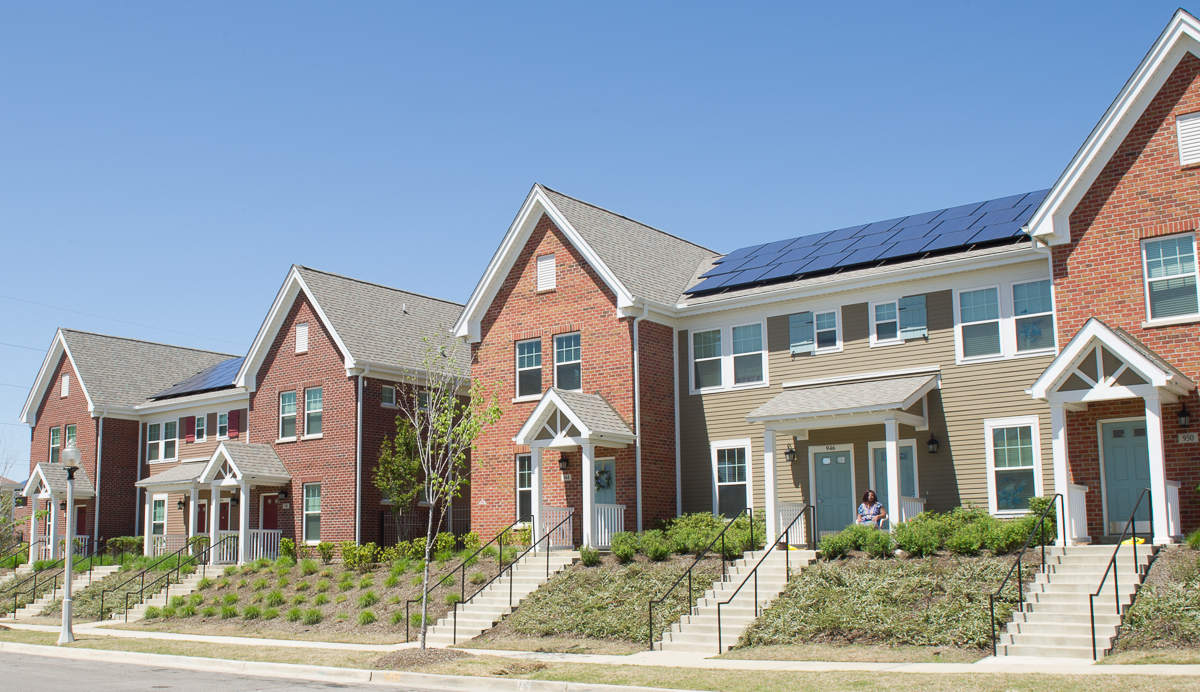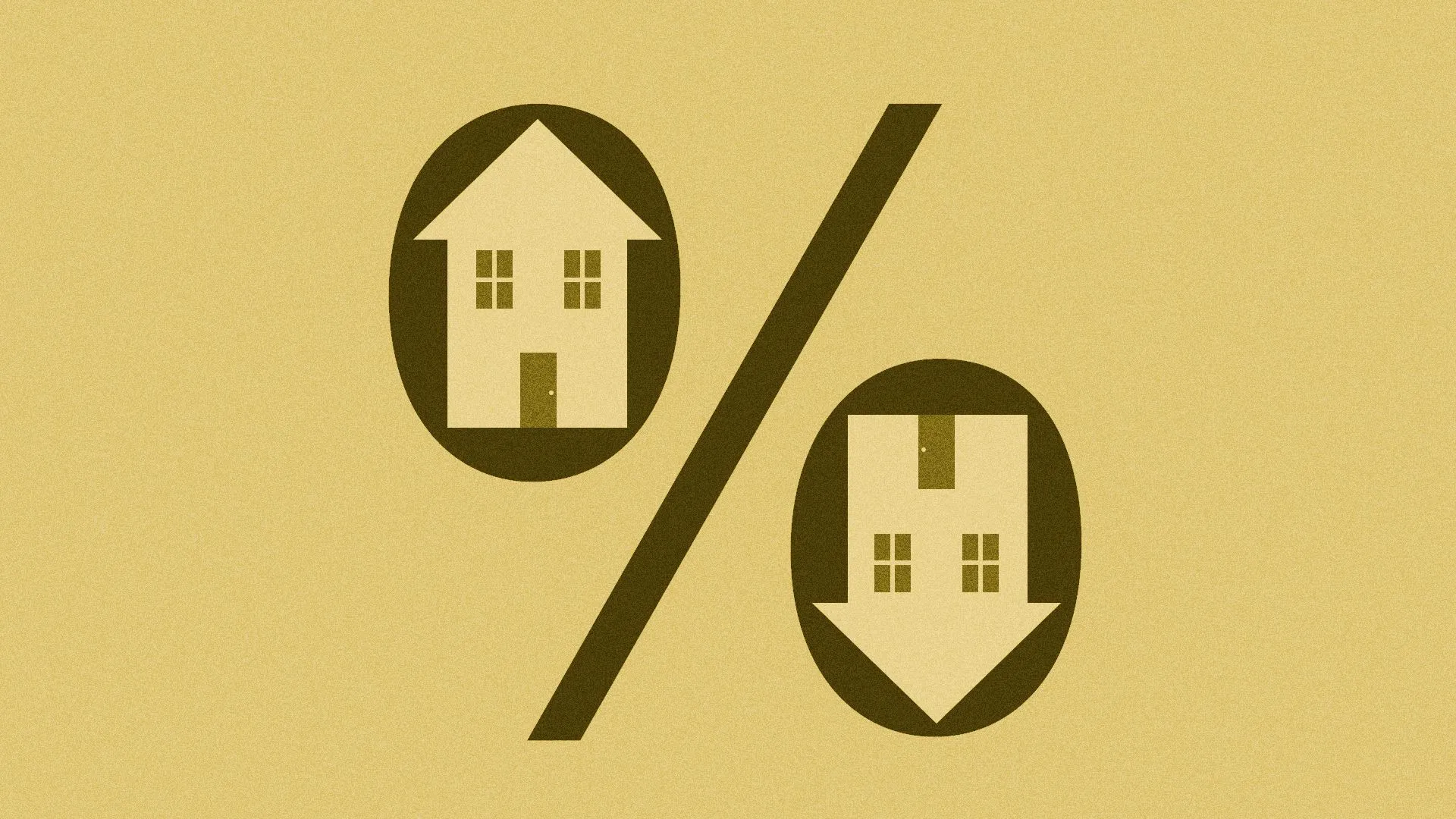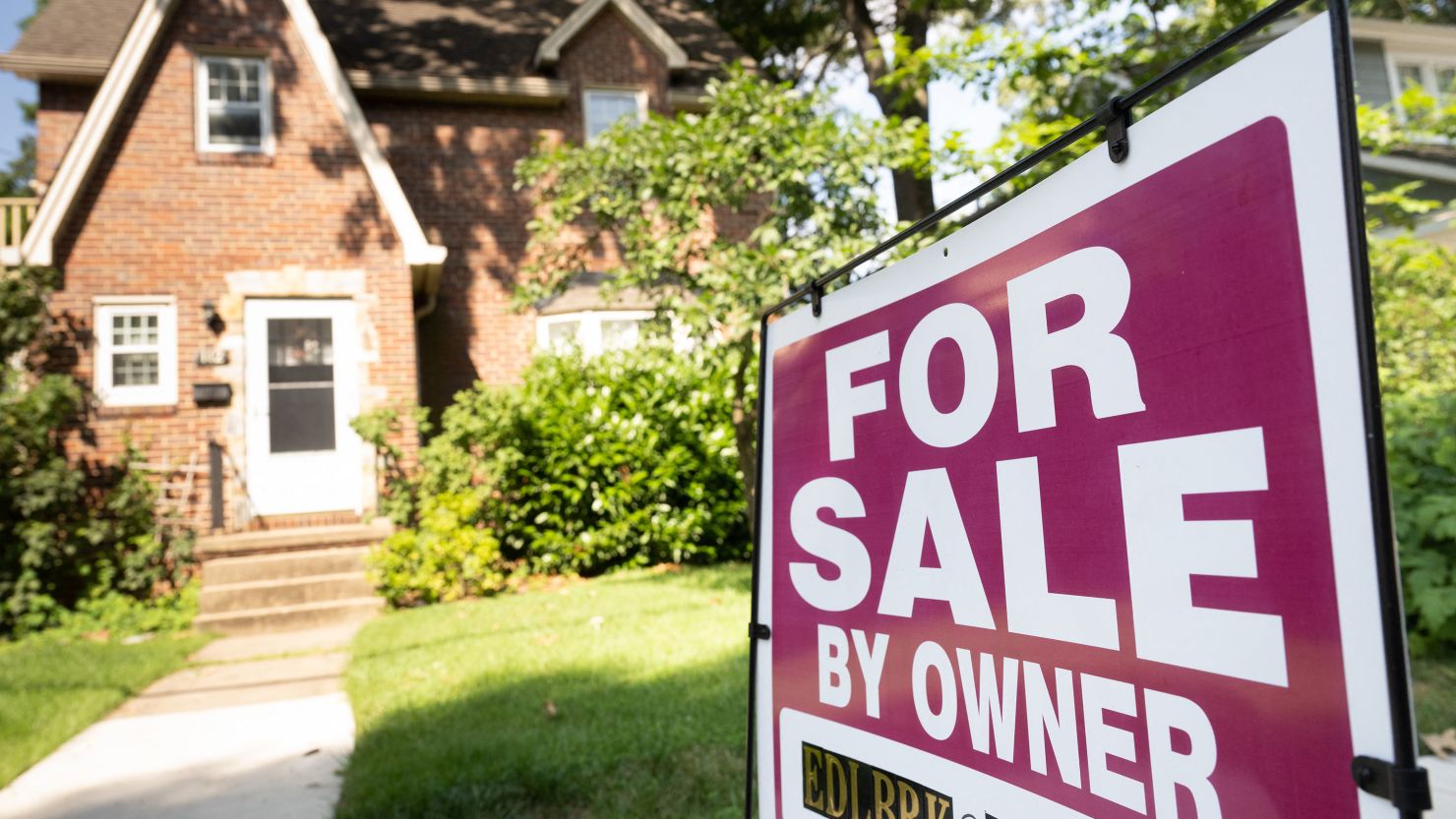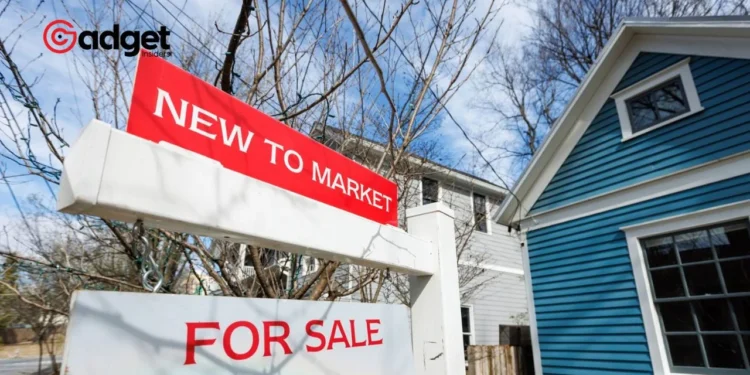In the ever-evolving landscape of American real estate, the dream of homeownership is becoming increasingly elusive for many. The latest findings from a comprehensive report by Bankrate.com illuminate a stark reality: in no fewer than 22 states, plus the District of Columbia, the threshold for purchasing a median-priced home comfortably now requires a household income in the six-figure range.
This seismic shift in affordability criteria underscores the escalating challenges facing prospective homebuyers in today’s market.

A New Benchmark for Homebuyers
The journey toward purchasing a house in the United States has taken a dramatic turn, with a significant uptick in the financial threshold required to enter the housing market.
“Houses have become less affordable because home price appreciation has so far outpaced wage growth,” states the report from Bankrate.com, pointing to the classic economic principles of supply and demand as the culprits behind this rapid escalation in home prices.
California, known for its sky-high cost of living, tops the list, demanding hopeful house owners to have a household income of $197,000 to afford a median-priced house. Following closely are Hawaii, Washington D.C., Massachusetts, and Washington State, each requiring a hefty income to achieve house ownership.
In stark contrast, the southern and midwest states present a more attainable picture, with Kentucky being the most affordable at a required household income of approximately $65,000.

Market Dynamics: A Closer Look
Despite the daunting financial barriers, the real estate market has displayed a resilient performance. The National Association of Realtors reported a surprising 9.5 percent increase in existing house sales in February, translating to 4.38 million units sold.
This surge, notable even in the face of a shorter month, speaks volumes about the underlying dynamics of the housing market and the enduring appeal of house ownership.
Buying the average home now means making more than $100,000 in 22 states https://t.co/ScJRWD2wvj
— TheStreet (@TheStreet) April 2, 2024
The Path Forward
As the U.S. Central Bank gears up for its May decision on interest rates, with investors and economists closely watching a host of economic indicators, the real estate sector remains a critical area of focus.
The commentary from several Federal Reserve Bank Presidents in the lead-up to this decision will be particularly telling, offering insights into the potential directions the market could take shortly.

The Street’s Remy Blaire, reporting from the New York Stock Exchange, encapsulates the sentiment of many, highlighting the crucial economic data and market trends that investors and prospective buyers alike are keenly awaiting.
As the landscape of American house ownership continues to evolve, the conversation around affordability, wage growth, and market dynamics becomes increasingly pertinent.
This detailed examination not only sheds light on the present state of the real estate market but also prompts a broader discussion on the future of the American dream of house ownership.
In a time when a six-figure income has become a prerequisite for buying a median-priced home in nearly half the states, the question of accessibility and affordability in the housing market has never been more relevant.










